Inside The New York Botanical Garden
Matt Newman
Posted in Around the Garden, Photography on February 5 2012, by Matt Newman
Many a blossoming tree on Garden grounds originates in Asia, and each–at least to me–carries with it a familiar air of eastern aesthetic. I suppose we owe that to the centuries of botanical imagery recorded in the artistic traditions of places like Korea, China, and Japan. The Japanese apricot (also Chinese plum, or simply “plum blossom”) is something of an archetype.
In this case, beauty isn’t fleeting: there’s a plum blossom tree in China that’s still flowering after 1,600 years.
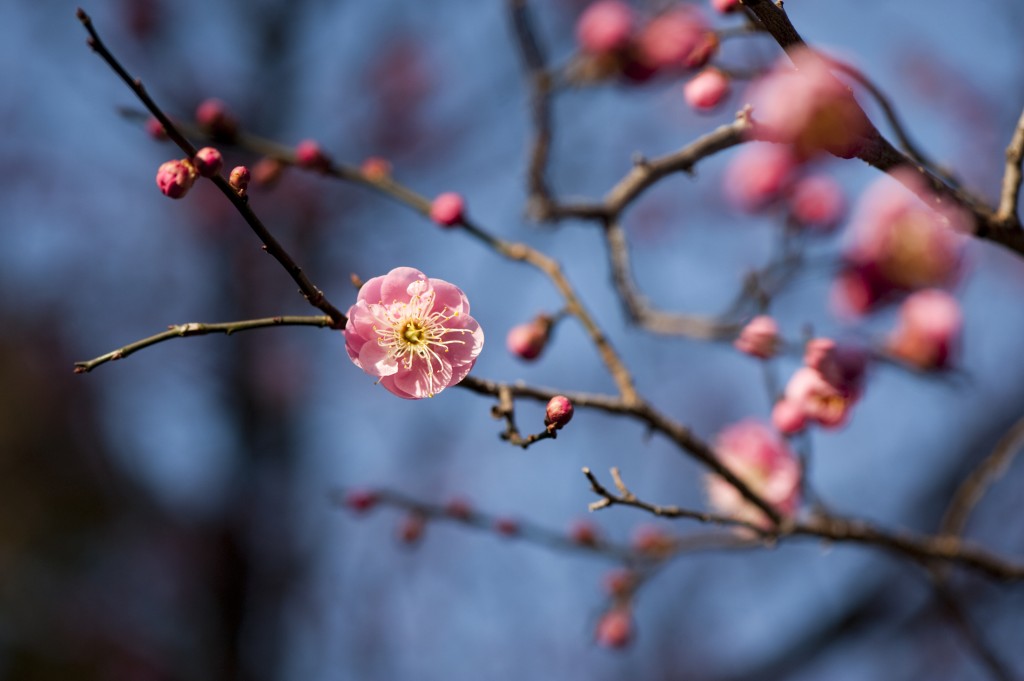
Prunus mume ‘Peggy Clarke’ — Photo by Ivo M. Vermeulen
Posted in Around the Garden, Photography on February 4 2012, by Matt Newman
I meandered over to the Ladies’ Border during Wednesday’s weather (an April afternoon straight out of the bizarro dimension) to get a picture of these small but potent blooms. There was a squadron of honey bees taking advantage of the inflorescence while I was there. Hawks called overhead. It was all very picturesque. But airborne raptors and a fairytale setting do not a photo make. Ivo’s skill with a lens does the Amur Adonis proper justice.
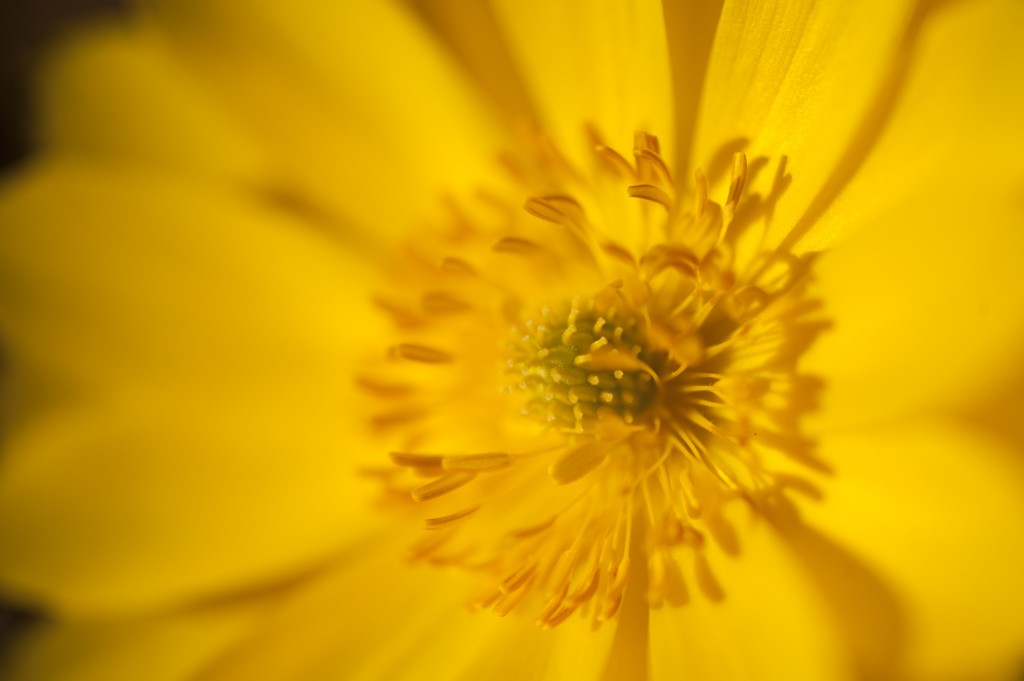
Adonis amurensis — Photo by Ivo M. Vermeulen
Posted in Around the Garden, Exhibitions, Photography on February 3 2012, by Matt Newman
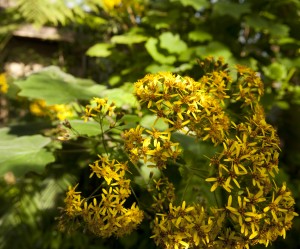 I have this sneaking suspicion that the spaces under “Saturday” and “Sunday” are sitting blank in your planner right now. If you’re not dashing onto a plane to escape the return of chilly weather to New York, I’m going to make a solid suggestion: get your camera. You probably have one sitting on the shelf somewhere, pitifully neglected, waiting for the day you make the commitment to get out and start learning the craft.
I have this sneaking suspicion that the spaces under “Saturday” and “Sunday” are sitting blank in your planner right now. If you’re not dashing onto a plane to escape the return of chilly weather to New York, I’m going to make a solid suggestion: get your camera. You probably have one sitting on the shelf somewhere, pitifully neglected, waiting for the day you make the commitment to get out and start learning the craft.
If you haven’t etched your plans in stone, put a few bucks on your MetroCard and head to the Bronx with your Nikons, your Canons, your Fujis or whatever else you can come up with. We’re actually going to reward you for participating in our Caribbean Garden photography contest, not just with the chance to come back for a course or workshop of your choosing with our NYBG educators, but for tips and tricks provided by professional garden photographers this Sunday afternoon. You can’t keep making excuses! Because who knows? Wait too long and the steamroller of technological innovation just might make your camera format obsolete.
Read More
Posted in Around the Garden, Gardening Tips on February 3 2012, by Matt Newman
 They’re inconspicuous almost to the point of invisibility, assuming you’re looking for them in their natural habitat. You might pass an entire stand of these plants without being the wiser were you to find yourself wandering parts of southern Africa. But when a grazing animal happens by, camouflage is the best natural defense in a landscape where food comes scarce and water borders on mythological.
They’re inconspicuous almost to the point of invisibility, assuming you’re looking for them in their natural habitat. You might pass an entire stand of these plants without being the wiser were you to find yourself wandering parts of southern Africa. But when a grazing animal happens by, camouflage is the best natural defense in a landscape where food comes scarce and water borders on mythological.
Picking out lithops from the patches of pebbly ground where they grow is a simple task if you’re attentive–just look for misplaced symmetry. The thick leaves of the small, bifurcated plants resemble patterned stones, as evidenced in the breakdown of the name itself: lithos means “stone” and -ops means “face” in ancient Greek. But they’re not the subjects of any geology professor. You might guess that from their sometimes vibrant patterns and strange colorations.
Read More
Posted in Around the Garden, Photography on February 3 2012, by Matt Newman
Many of us here in the office have been taking the opportunity to venture out now and then and enjoy this nonsensical weather we’re having (you might have noticed our squawking about it on the Twitter feed yesterday). There’s a surreal quality to wandering the “winter” landscape, seeing Fordham students in their t-shirts and basking in what amounts to a mid-April afternoon.
For my first winter in the city, this isn’t so bad. Or did I just viciously jinx myself?

Photo by Ivo M. Vermeulen
Posted in Around the Garden, From the Library, Photography on February 2 2012, by Matt Newman
Not long ago we introduced you to a new Plant Talk series we’re calling “Past in Focus,” in which we unearth historical photographs from the LuEsther T. Mertz Library archives and attempt to recapture the scenes as they appear today. A century-old landscape undergoes any number of changes at the hands of time, weather, and ambition, leaving us drawn in by details large and small that remain untouched. You can look at these photographs and–even if only just–make out the origins of the design beneath the carefully-tended aesthetic.
In 1916, the tract surrounding the Peggy Rockefeller Rose Garden was a plane of graded soil following an idea on paper:
Read More
Posted in Around the Garden, Photography on February 2 2012, by Matt Newman
Also known as the Indian clock vine, brick and butter, and the lady’s slipper vine. I suppose the moniker is up to the imagination of the viewer.
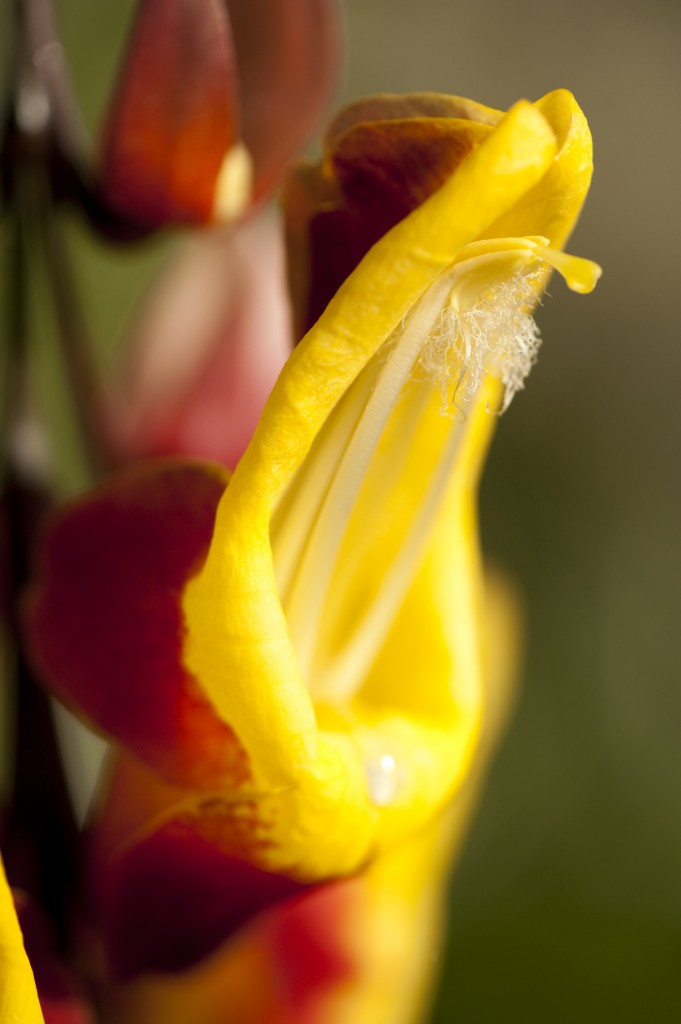
Thunbergia mysorensis — Photo by Ivo M. Vermeulen
Posted in Around the Garden, Science on February 1 2012, by Matt Newman
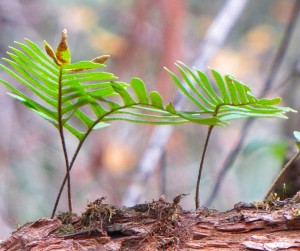 You might call it something dramatic–the “Lazarus Quandary,” maybe. It’s the scientific milestone we’re all hoping will be uncovered before we’re pitched off this mortal coil. Each year we read news articles which claim that stopping or even reversing the effects of aging is a trope of science fiction nearly within reach; it’s just beyond the next major research grant. But a simple plant–well past ancient as a species–has already cracked the code.
You might call it something dramatic–the “Lazarus Quandary,” maybe. It’s the scientific milestone we’re all hoping will be uncovered before we’re pitched off this mortal coil. Each year we read news articles which claim that stopping or even reversing the effects of aging is a trope of science fiction nearly within reach; it’s just beyond the next major research grant. But a simple plant–well past ancient as a species–has already cracked the code.
Calling Pleopeltis polypodioides (pronouncing it is like calisthenics for your mouth) the lazy greenthumb’s plant is an apt description. It doesn’t take much to keep it vibrant. In fact, a glass of water in the course of a century might just do the trick. And if its fronds shrivel up and seem to die off in the interim, don’t fall for the ruse–the “resurrection fern” is only playing opossum.
Read More
Posted in Around the Garden, Photography on February 1 2012, by Matt Newman
I had a habit of picking up fallen air plants while bumming around in the woods and swamps as a kid. More often than not it was a clump of Spanish moss clinging to a branch broken from a southern live oak. I would hang these covered branches all around the outside of the house, at least up until the point my dad convinced me the gray-green spirals were full of bats, snakes, and red mites (“chiggers” to a true southerner).
The jury’s still out on how many of his frantic warnings are true, but bring a tangle of the stuff to anyone south of the Virginia state line and there’s a good chance the bystander will keep his distance.
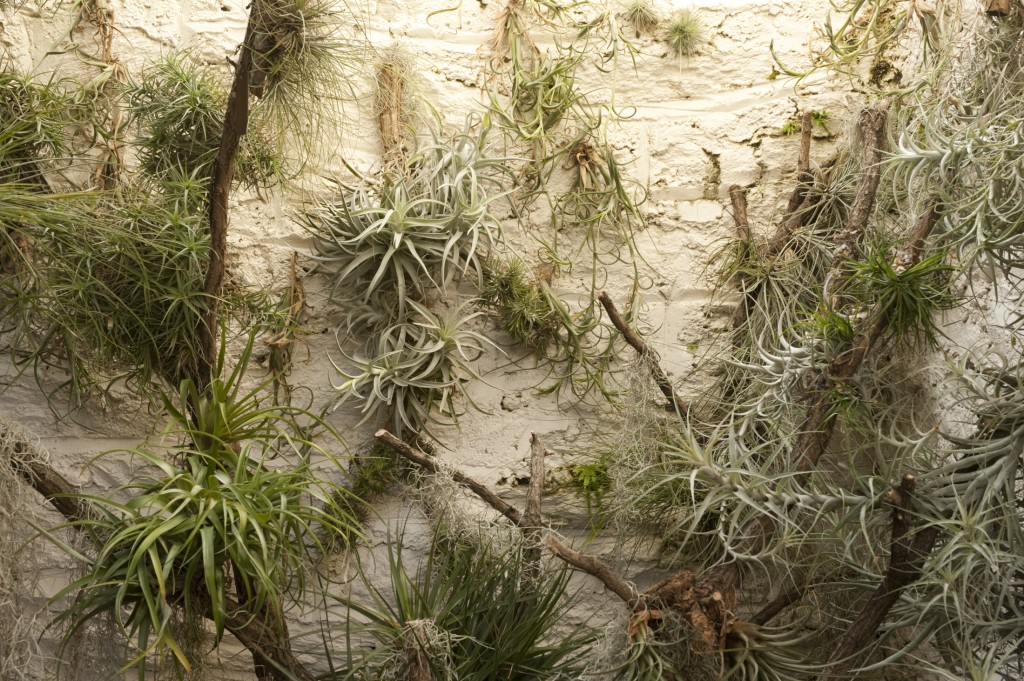
Photo by Ivo M. Vermeulen
Posted in Around the Garden, Photography on January 31 2012, by Matt Newman
The passion flower: revered for its beauty, nearly extraterrestrial in its strangeness, and occasionally a carrier of squidly tendrils.
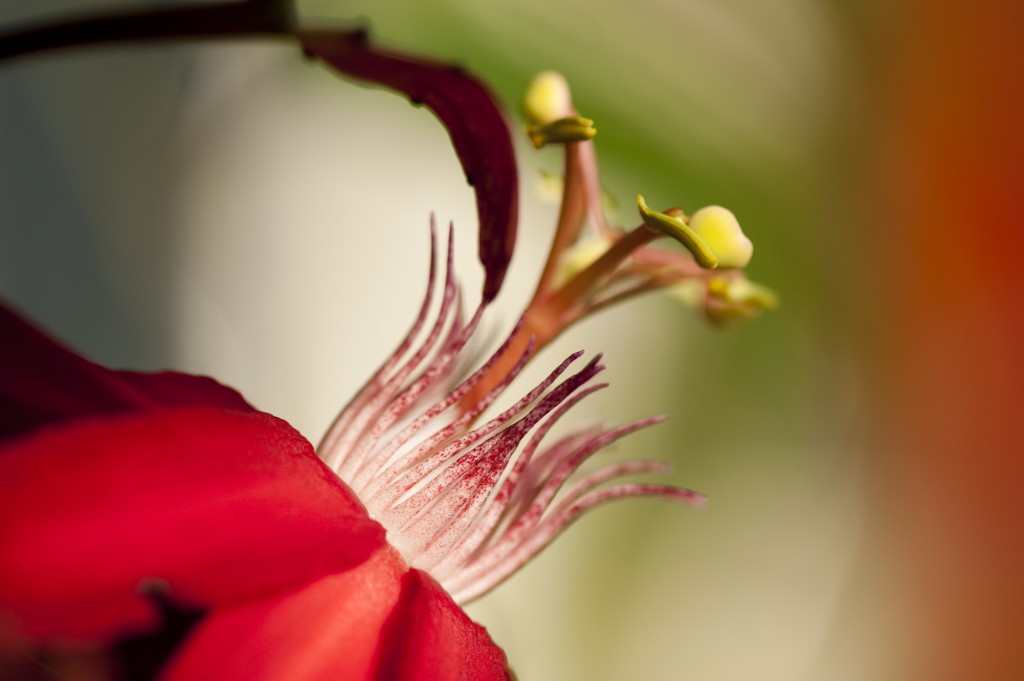
Passiflora ‘Grace Ann’ — Photo by Ivo M. Vermeulen









